The Delhi Ridge:
A ridge is a geological feature that features a continuous elevational crest for some distance. Ridges are usually termed hills or mountains as well, depending on their size.
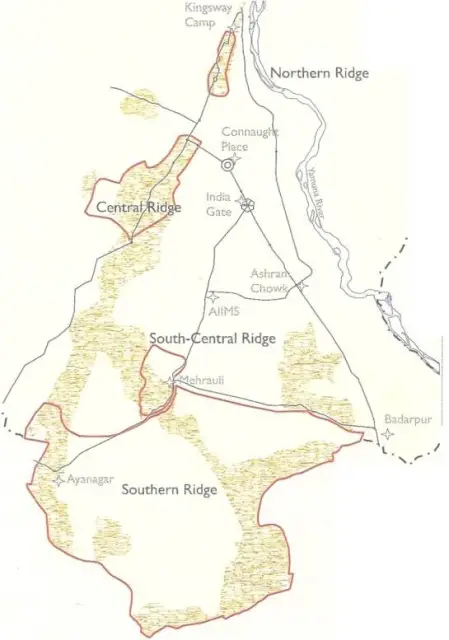
- Delhi’s ‘Ridge’ is the tail-end of the ancient Aravalli hills, The Aravallis stretch 800 kilometers from Gujarat through Rajasthan and Haryana, pushing into Delhi from Gurgaon to the south-west.
- The precise terminal point is a small rocky headland overlooking a sharp bend in the Yamuna. Bur the river has changed course and the ancient hills now terminate somewhat ingloriously, stranded in the middle of nothing in particular.
- Here, one branch bends eastwards to create the broken spurs and ravines of Tughlaka bad, Jaunapur and Bhatti. The main spine of low hills continues in a north-easterly axis through Mehrauli and Vasant Vihar into Chanakyapuri.
- Just short of Sadar Bazar, the hills disappear only to surface again near the Barafkhana, where the road climbs steeply past the Mutiny Memorial to Hindu Rao Hospital.
- The Ridge finally peters out in a gentle bluff near Wazirabad to the north.
- The region is divided into four distinct zones.About 6,200 hectares of the Southern Ridge, which extends beyond the city limits, towards Haryana includes 1,900 hectare of the recently notified Asola Wildlife Sanctuary.
- Central Ridge lies within the heart of the city and is approximately 869 hectares.
- The south central Ridge 626 hectare in extent, includes the Kishangarh forest or Sanjay Van, one of the best preserved patches of forest in Delhi .
- The smallest section, the 87 hectare northern Ridge lies like an emerald scimitar between Civil Lines and the University Campus in north Delhi .
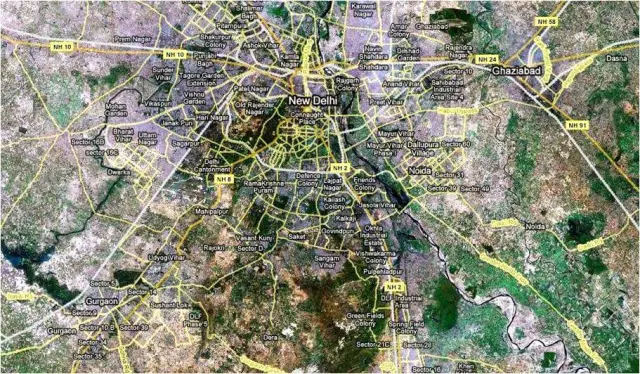
Delhi has not treated the ridge with half the care it deserve. Large swathes of the Ridge have been lost, beginning in the second half of the 19th century when precincts such as Paharganj and Paharipur were leveled. But the great dismantling of the Ridge took place after Independence, especially since the 1970s, as the population swelled and new suburbs pushed south of the new capital city.
THE RIDGE for administrative reasons is divided into 4 separate zones whose boundaries and legal status, to state it plainly, are in a horrible mess. But the zones are still useful in thinking about and exploring the Ridge.
- The OLD DELHI or NORTHERN RIDGE denotes the hilly area near Delhi University and is by far the smallest segment of the Ridge. Nearly 170 hectares were declared a Reserved Forest in 1915. Less than 87 hectares remain today.
- The NEW DELHI or CENTRAL RIDGE was made into a Reserved Forest I in 1914 and stretches from just south of Sadar Bazar to Dhaula Kuan. It extends over 864 hectares, but some bits have been nibbled away.
- The MEHRAULI or SOUTH-CENTRAL RIDGE is centered on Sanjay Vana, near JNU, and encompasses 633 hectares. Large chunks have been encroached and built upon.
- The TUGHLAKABAD or SOUTHERN RIDGE sprawls across 6200 hectares and includes the Asola and Bhatti wildlife sanctuaries. This is the least urban of the 4 segments of the Ridge, but a lot of it is village- or privately-owned farmland
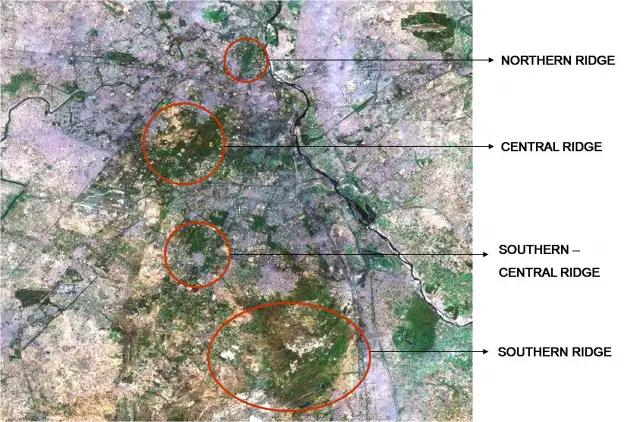
Vegetation, Flora and Fauna:
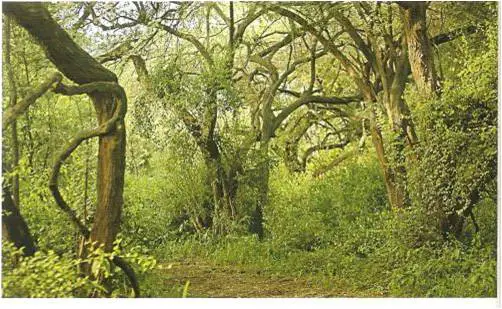
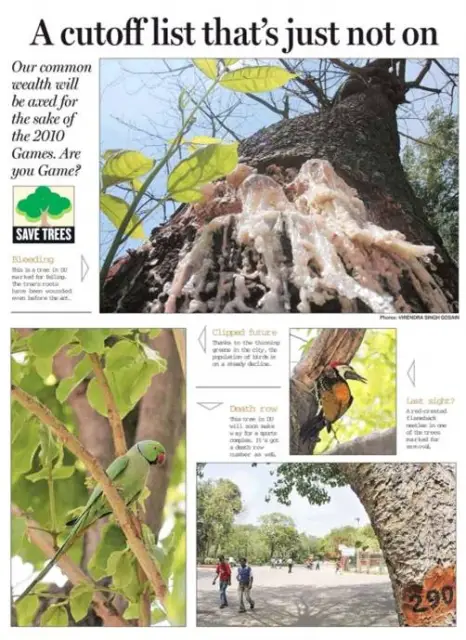
- The Ridge, a densely forested region. The forest status of the Ridge has been underlined by the Loveraj Committee, the Forest Department, Environment Impact Authority, Environment Protection Control Authority (EPCA), and Central Empowered Committee (CEC). It has conservation status from 1996 as per Geological Survey of India
- The forest status means that no non-forest activity can take place and the ridge status means again that it can’t be touched.
- It contains several species of trees that include
- Kirar, the healing neem, babul, ber, amaltash, dhok and the magnificent gulmohar among others.
- The Ridge supports other trees not found in the rest of Delhi. Hingot, khair, kumttha, dhak, phulai and kareel are some of the trees superbly adapted to adverse conditions on the Ridge. But a few other Ridge species have disappeared completely.
- Mammals such as the leopard, rhesus macaque, palm-squirrel, fox, jackal, wolf, blackbuck, chinkara, nilgai, wildboar, porcupine and a myriad of lesser denizens make themselves at home here.
- The bird life in this region is rich and varied, inviting both casual birders and seasoned birders alike.
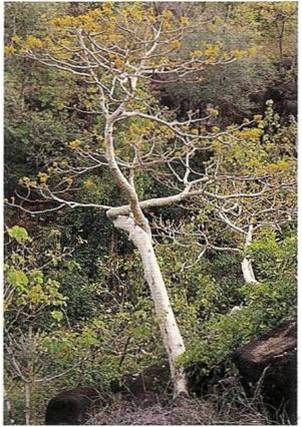
- Passerine species like flycatchers swooping time and again to catch a juicy meal, brightly coloured birds such as the Rose Finch and Green Herons, woodpeckers, barbets, Leaf Warblers and others like the Crested Serpent Eagles, Booted Eagles, Oriental
- Honey-buzzards, vultures and Great Horned Owls known to be magnificent raptors are among the 200 species of birds found in this insect-rich region.
Over the years a number of indigenous trees have been felled and, though many persons concerned at their destruction have appealed for a halt to this massacre, the vandalism continues unchecked. Religious buildings, schools, hospitals, wireless stations, satellite TV stations, and even petrol pumps, continue to be built on the Ridge.
Although many ‘Dillis’ were built, destroyed and rebuilt again, till the present century no city was ever built across the Ridge or across the River Yamuna. The problems of Delhi started after this basic ecological factor was ignored.
- The encroachments on the Ridge started with the Home Ministry’s decision to establish a wireless station on nearly 17..acres of land right in the heart of the forest.
- Soon after, the Rabindra Rangshala – an open air theatre where cultural programmes were to be held – was established on yet another 36 acres of prime land. It is interesting to note that the Rabindra Rangshala , with a seating capacity larger than the Colosseum in Rome, was used for barely a couple of weeks in a year.
- Although it was built for the interaction to happen between the people of Delhi and ridge but it failed to serve it’s purpose and now remains as an abandoned structure right in the heart of the central ridge
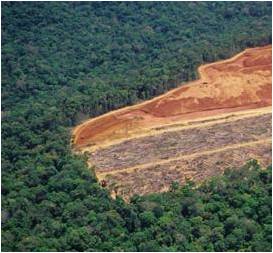
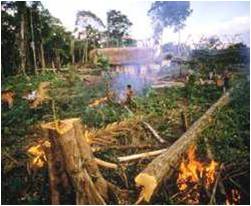
- Between 1975 and 1977, four school sites were earmarked on the western face of the Ridge near New Rajinder Nagar.
- In 1982 the NDMC, with amazing ruthlessness, cut down hundreds of trees to widen Shankar Road, ostensibly to cater to the increased traffic during the Asian Games
- The construction of a pavilion by the Delhi Polo Association on the PBG polo ground, was met with serious objections but they were ignored and no action taken.
- When the Master Plan for Delhi was formulated in 1962 the planners wanted a regional park to be established on the Ridge from Buddha Jayanti Park to Dhaula Kuan and beyond covering the entire southern periphery. But, later, it’s development was left to the discretion of the Cantonment Board.
- The outcome of this defiance is there for all to see-innumerable defence establishments on what was once the Ridge:
- A Defence Services Club built near Dhaula Kuan.
- A number of houses for defence personnel built not only in Dhaula Kuan, but on Sardar Patel Marg as well
- Under the Delhi Preservation of Trees Act, 1994, no citizen can cut trees without permission but the Army is of view that it does not fall under State laws. Therefore, it is difficult to carry the discussions on the preservation of the Ridge with the Army
- Since 1995, when the DDA wanted to build a road through the ridge to link Vasant Vihar and Vasant Kunj, attempts to usurp the land haven’t stopped,” says Vikram Soni of the Citizens for Preservation of Quarries and Lake Wilderness, which has been working for the protection of the ridge.
- That attempt was stopped because of the collective efforts of residents. However, the reprieve was short-lived. In 1996 came a proposal to build an international hotel complex of 13 luxury hotels in the ecologically sensitive region.
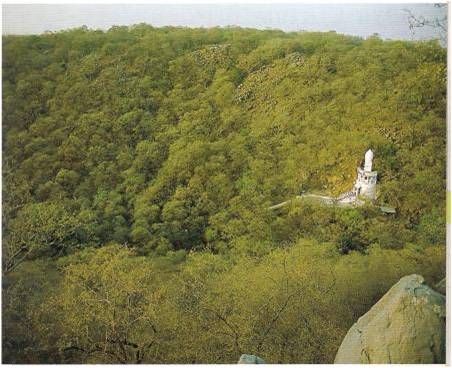
- Some 14 water bodies that used to have water perennially have now dried up after the Army started its building activity and the Grand Hyatt hotel withdrawing water without permission.
- The construction underway at the Vasant Kunj area in south Delhi, falling under the eco-fragile zone, caught the attention of the Supreme Court on 9 December 2005. The constructions for projects like shopping malls were being undertaken in the ridge area in contravention of the apex court’s 1997 order.
- According to Delhi News line, the Delhi High Court on March 21 stayed construction on the biodiversity park in Vasant Kunj based on a PIL stating that the area was part of the Ridge and was to be preserved in its “pristine glory”.
- The Army stated that the disputed area was theirs and categorised as A1 which was needed to rehabilitate those who had fought in the Kargil War. Also, they made it evident, that the Delhi Master Plan did not apply to the Army.
- It is understood that in their report to the Supreme Court, the CEC has recommended that the area with the DDA (excluding the 92 ha) and about 300 odd acres with the army be notified under Sec.4. However, it is evidently silent on the 92 ha shopping mall, as well as the construction going on and undertaken by the Army.
- Kalpavriksh is an active member of Trees for Delhi and is in the forefront of the ongoing campaign against massive tree cutting due to road widening and more specifically the High Capacity Bus System (HCBS).
- The water pipe line of DJB on the Siri Fort stretch now needs to be shifted inside the DDA Park. This would entail loss of trees and undergrowth.
- Underground -beneath the pedestrian walk path – This would be the best alternate as it would entail minimum damage to foliage.
- The Urban Development Ministry may be trying to make the Delhi Masterplan 2021 more eco-friendly but interestingly the DDA’s plan does not include 650 hectares of land in the Vasant Kunj-Mahipalpur area as part of the Ridge.
- Despite many Supreme Court committees directing that the area be notified as a reserve forest, the MPD has not included the area. Environmentalists say that having failed to fill up water bodies across the city, the DDA is now eyeing the commercial benefits of the Ridge.
- The MPD mentions 7,777 hectares as the notified Ridge. This only includes the Northern, Central, South-Central (Sanjay Van) and Southern (Bhatti mine area) belt. Currently, the controversial Vasant Kunj malls are coming up on 25 hectares of this land, the army has 330 hectares and the DDA 315.
- The Ridge Management Board, a seven-member non-statutory body consisting of representatives from the government, DDA and non-government organisations, supposed to protect the ridge, has been unable to prevent the construction frenzy.
- The board, headed by the Chief Secretary of Delhi, has been under “tremendous pressure to deal with land issues”, says environmentalist Ravi Agarwal, director of NGO Toxics Link and a member of the board.
- Most of the violations have been carried out by government bodies such as the DDA — whose vice-chairperson, incidentally, is also a member of the board — making it even more difficult for the board to take action. “
- Theoretically, we have all the powers, and the board is effective to a point. But how do you punish a body such as the DDA?” says Agarwal
During the construction of New Delhi, the British too planted several trees on the ridge and declared it a Reserved Forest, realizing its importance for the ecology of the region. 
- The Ridge is rapidly shrinking, falling prey to construction activities, conversion of forests to parklands, encroachments and garbage dumping.
- In 1979, about 300 students and concerned citizens organised a rally, led by the NGO Kalpavriksh, protesting against the Delhi Administration’s plans for construction work on the Ridge.
- As a result of this effort, a large portion of the Ridge was declared protected. However, the legal protection given was weak and encroachments continued, including by the government itself.
- But so did citizens’ protests. In 1993, NGOs working on the issue came together as the Joint NGO Forum to Save the Delhi Ridge Forest.
- Pressure from the Forum and other concerned citizens finally led the Delhi Administration to declare, in 1996, the Ridge as a Reserve Forest under the Indian Forest Act 1927..
- The Master Plan of Delhi – 1962 (MPD-1962) indicates the Ridge as a regional park covering an area of 8220 acres and it recommended that upper Ridge to be reserved for a regional park and undergrowth must be cleared for hiking, the area near Qutub Minar to be converted into a botanical garden and the Malcha Rifle Range on the southern portion of the Rides is not to be touched. Whereas Master Plan of Delhi 2001 (MPD-2001) mentions that the regional park area which is about 8722 ha should be preserved in its natural state and afforested with indigenous flora with minimum of artificial landscapes.
- A report prepared by the Central Groundwater Authority report last year noted,
 “Development activities in the areas extending from Mehrauli to Masudpur and north to Vasant Vihar may adversely affect the groundwater regime.”
“Development activities in the areas extending from Mehrauli to Masudpur and north to Vasant Vihar may adversely affect the groundwater regime.” - In 1996 came a proposal to build an international hotel complex of 13 luxury hotels in the ecologically sensitive region. It took a Supreme Court order to quash the plan, but a five-star hotel and a petrol pump have managed to come up here since then.
- An apex court order in 1997 allowed 92 hectares of the area to be used for development “subject to environmental clearances”. This exclusion was because the Loveraj Committee, set up in 1993 to study the arrangement to manage the ridge, relied on DDA maps while deciding on the ridge’s boundaries. As a result, many forest areas were left out in its report.
- The DDA has been steadfastly insisting that the area where the malls are coming up cannot be considered a part of the ridge at all — though its own Draft Masterplan for Delhi-2021 alludes to the drastic reduction in groundwater potential in these parts.
- Environmentalists and urban planners warn that the mall project signals a potentially disastrous situation. As a highland, it’s a drainage area, but if it’s cleared of trees, water will not remain for long. Add to that the fact that any commercial complex that comes up in the area will be consuming vast amounts of water. After the five-star hotel came up, the small lakes inside the ridge — formed by quarries that used to exist here at one time — have all dried up.
- The slum settlements on the ridge have also been a source of contention, though the DDA’s alacrity in removing slum dwellers has raised eyebrows. Small groups of labourers had settled down in some parts years ago, when the ridge was a source of construction material. They worked in the quarries, but after these were shut down, they started working in the homes nearby.
NGO recommendations on planned DMRC-link through Delhi Ridge
- The proposed Metro track emerges from the underground link near the Delhi Water Treatment Plant on the Ridge. From here it proceeds over ground on an increasing elevation towards the proposed Qutub Station, and from then on to the Chattarpur Station at Andheria Morh.
- There is a distinct possibility that the Metro may attract commercial interests and activities in the Ridge. The new Master Plan of Delhi (MPD 2021) proposes that the Metro be a ‘commercial corridor’. Metro Stations along with property development (composite development) up to a maximum area of 3.0 ha shall be permitted in all Use Zones, except in Recreational and Regional Park / Ridge Use Zone, Lutyens’ Bungalow Zone and Heritage Zones, subject to approval of Technical Committee of DDA.
- The Ridge Management Board, a seven-member non-statutory body consisting of representatives from the government, DDA and non-government organizations, supposed to protect the ridge, has been unable to prevent the construction frenzy.
- A park in R-block Rajendra Nagar is the latest in the list of encroachments on the central ridge in contravention to the Ridge Conservation Act. The Ridge Management Board (RMB) has objected to it and asked the DDA to look into the matter.
- Malba [debris] dumping: over 5,000 mt of malba which had been dumped on the Central Ridge. The DDA has been lobbying to let the malba remain there since it claimed it was several thousand truckloads. The DDA also claimed that though the portion of the Ridge is under its control, the Authority was not responsible for its dumping.
- Prior to this, the Delhi HC had pulled up the DDA for constructing an illegal road near Inderpuri. The mud road – 2-km long and 15 to 20′ wide with a stone embankment had been constructed by the DDA but the agency did not inform the RMB about it.
- Pointing to the area where the south central Ridge is surrounded clock-wise by Jawaharlal Nehru University, Nelson Mandela Marg, Mehrauli Mahipalpur Road, National Highway-8 and Palam Road besides the southern boundary of Vasant Vihar – members of the National Forum of Non Government Organisation said that the construction carried out in the area is in total violation of the laws laid down by the Master Plan. While the DDA has gone ahead and engaged in senseless constructions, the Army has carried out work under the garb that they aren’t answerable to anyone.
- And though the Army was informed in great detail about the rules in 1999 that its vast building project of a housing colony was in violation of the law on many counts, they persisted. Now they are doing it again.
- According to the members, the `illegal’ construction and excessive pumping of ground water for the constructions and for daily use especially by a five star hotel has resulted in as many as 15-20 water bodies drying up in the area. This despite the fact that the Central Ground Water Board (CGWB) prohibits drilling and pumping of ground water as this is a water inadequate region.
- Delhi Jal Board figures, clearly indicate that hotels and posh colonies are the worst culprits. The consumption is 220 litres per person per day in houses such as Chankyapuri and Defence Colony.
- Also, the report which was moved by the Citizens for the Preservation of the Quarries and Lakes Wilderness (CPOLW), through the Supreme Court’s Central Empowerment Committee (CEC), has pointed out that the Ridge and forest areas are unquestionably protected by laws, regardless of ownership.
- The DDA’s only contribution to protecting the South-Central Ridge has been to plant saplings in a corner the authority has designated as a biodiversity park.
- Delhi Ridge is one of the two life supporting systems of the city (the other being river Yamuna) and its degradation will result in the loss of a great many ecosystem services that it provides to the citizens of Delhi.
CENTRAL PARK is a large public, urban park (843 acres, a rectangle, 4 km × 800 m) in the borough of Manhattan in New York City. With about twenty-five million visitors annually, Central Park is the most visited city park in the United States. It is run by the Central Park Conservancy, a private, not-for-profit organization that manages the park under a contract with the New York City Department of Parks and Recreation
 WHAT IS IT TODAY?
WHAT IS IT TODAY?
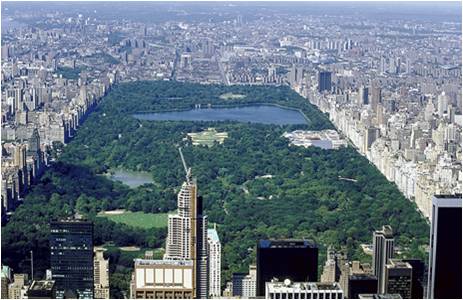
It contains several natural-seeming lakes and ponds, extensive walking tracks, two ice-skating rinks, the Central Park Zoo, the Central Park Conservatory Garden, a wildlife sanctuary, a large area of natural woods, a 106 acre billion gallon reservoir, an outdoor amphitheater which hosts the Shakespeare in the Park summer festival, and grassy areas used for informal or team sports or set aside as quiet areas, as well as playground enclosures for children.
The park is an oasis for migrating birds, and thus is popular with bird watchers. The 6-miles (10 km) of drives circling the park are popular with joggers, bicyclists and inline skaters, especially on weekends and in the evenings after 7:00 p.m., when automobile traffic is banned.
INITIAL DEVELOPMENTS
The most INFLUENTIAL INNOVATIONS in the Central Park design were the “separate circulation systems” for pedestrians, horseback riders, and pleasure vehicles. The “cross-town” commercial traffic was entirely concealed in sunken roadways screened with densely planted shrub belts, so as not to disturb the impression of a rustic scene. The Greensward plan called for some 36 bridges
The State appointed a Central Park Commission to oversee the development of the park, and in 1857 the commission held a landscape design contest. Writer Frederick Law Olmsted and English architect Calvert Vaux developed the so-called “Greensward Plan”
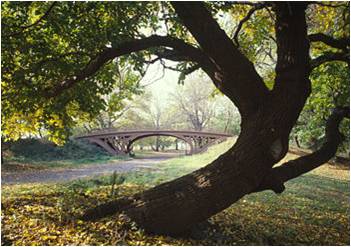
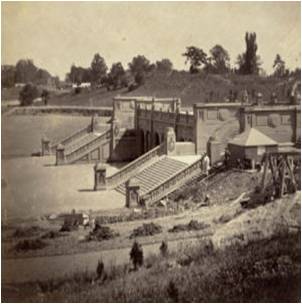
20TH CENTURY
Following the completion of the park, it quickly slipped into DECLINE. One of the major reasons for this was the disinterest of, the political machine. The 1960s marked the beginning of an “Events Era” in Central Park that reflected the widespread cultural and political trends of the period.
CRIME
The park has its own New York City Police Department precinct (Central Park Precinct), which employs both regular police and volunteer citizens. In 2005, such safety measures held the number of crimes in the park — which has more than 25 million visitors annually — to fewer than one hundred per year (down from approximately 1,000 in the early 1980s); this very low crime rate has made Central Park one of the safest urban parks in the world
ACTIVITIES IN THE PARK
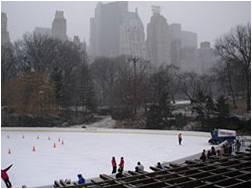
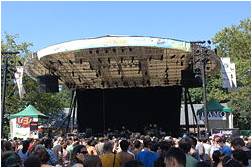
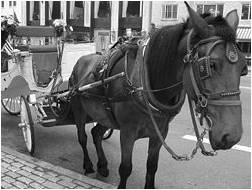
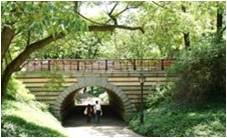
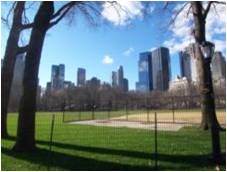
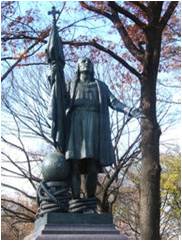

Around the turn of the century, the park faced several NEW CHALLENGES. Cars had been invented and were becoming commonplace, bringing with them their burden of pollution. Also, the general mental view of the people was beginning to change. No longer were parks to be used only for walks and picnics in an idyllic environment, but now also for sports, and similar recreation.
Increasingly through the 1970s, the Park became a venue for events of unprecedented scale, including political rallies and demonstrations, festivals, and massive concerts.
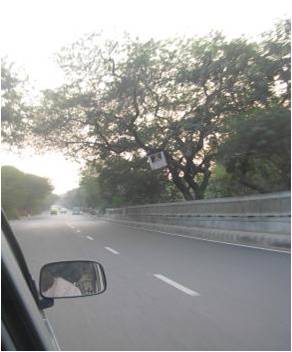 THE RIDGE, which overlooks the expanding city of Delhi, was rightly called its “crowning glory”. The Master Plan for Delhi, which came into effect on September 1, 1962, recognized the importance of the Ridge and the need to preserve and protect it as a natural forest. The Plan saw the possibilities of developing the Ridge along the lines of New York’s Central Park, to enable it to cater to the capital’s recreational needs. Since Delhi is fortunate enough to have forest wealth right in the heart of the city, it was decided to RETAIN in a natural state most of the Ridge area which spread over 9 kilo meters from Dhaula Kuan to Mall Road. With this in mind, ‘parks were to be established only in carefully selected areas, mainly in the southern part
THE RIDGE, which overlooks the expanding city of Delhi, was rightly called its “crowning glory”. The Master Plan for Delhi, which came into effect on September 1, 1962, recognized the importance of the Ridge and the need to preserve and protect it as a natural forest. The Plan saw the possibilities of developing the Ridge along the lines of New York’s Central Park, to enable it to cater to the capital’s recreational needs. Since Delhi is fortunate enough to have forest wealth right in the heart of the city, it was decided to RETAIN in a natural state most of the Ridge area which spread over 9 kilo meters from Dhaula Kuan to Mall Road. With this in mind, ‘parks were to be established only in carefully selected areas, mainly in the southern part
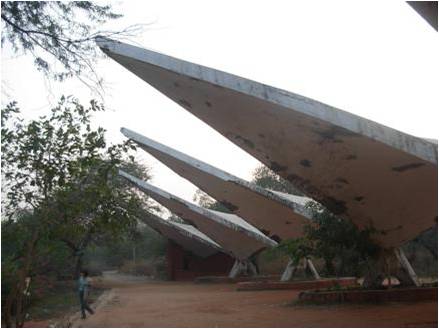
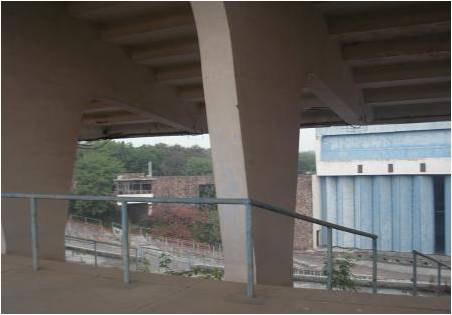
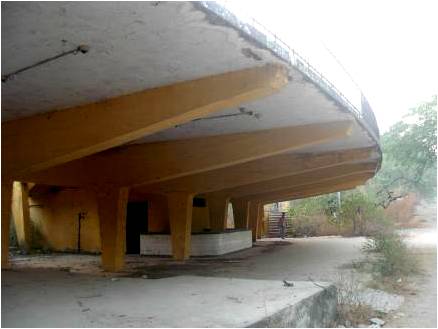
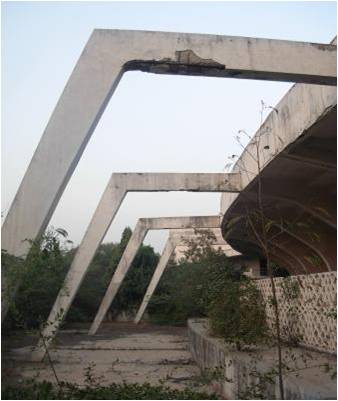
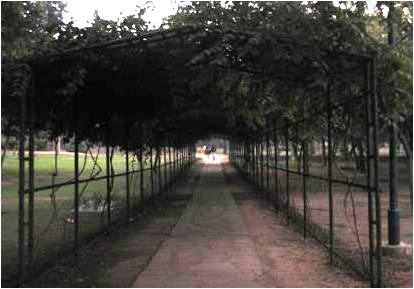
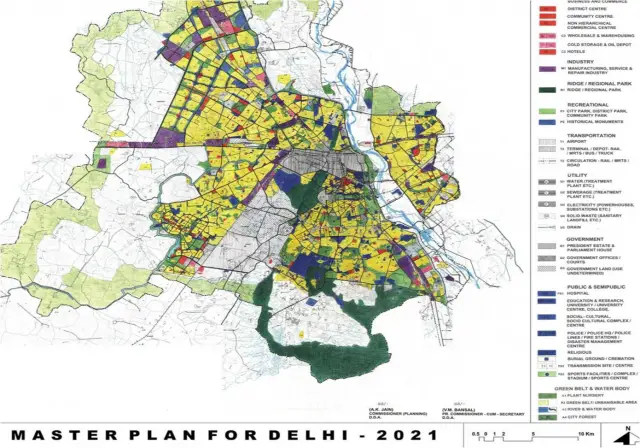
REGIONAL PARK
The Master Plan of Delhi – 2001 identified the Regional Park into four parts as below :
- Northern Ridge 87 ha.
- Central Ridge 864 ha.
- South Central Ridge 626 ha. (Mehrauli)
- Southern Ridge 6200 ha.
Master Plan Of Delhi 2021 proposes:
Ridge can be used as a potential water conservation area.
Ridge being of ecological importance should be conserved and kept free from unrestricted and unplanned urban development.
The green / recreational use constitutes 8,722 ha of land as per MPD 2001, which is around 19% of the total urban land area of 44,777 ha.
This includes 1577 ha. under the Northern, Central and South Central Ridge (the remaining area
of the Ridge is in the rural area).
The balance area under recreational/ green use i.e. 7145 ha. is in the form of District Parks, City Parks, Community Parks etc. comprising around 15% of the total urban land area.
In the Urban Extension the green cover is to be provided at the rate of 15% of the total land, excluding the Ridge/Regional Park. Out of this, some area shall be developed in the form of formal parks for the community and the rest shall be developed as woodlands and incidental greens for balancing the environment. This will be in addition to the development of specialized parks like Bio-Diversity Parks, plantation along the roads, drains, riverbank, etc.
Development of Sports Facilities
Other important elements for the integration of different parts of the city, planned at different times are (i) flora i.e. tree plantation, (ii) linking open spaces and (iii) harmonious treatment for major ecological features i.e. the Ridge and the River Yamuna.
PROPOSAL:
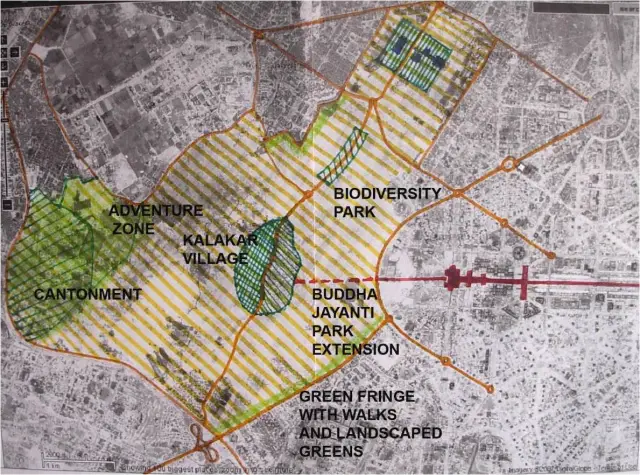
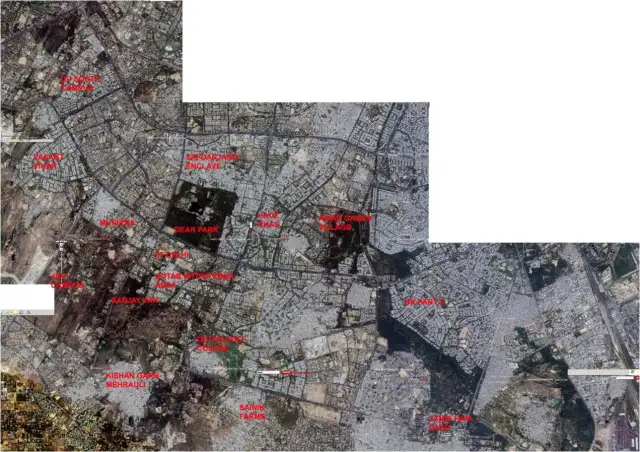
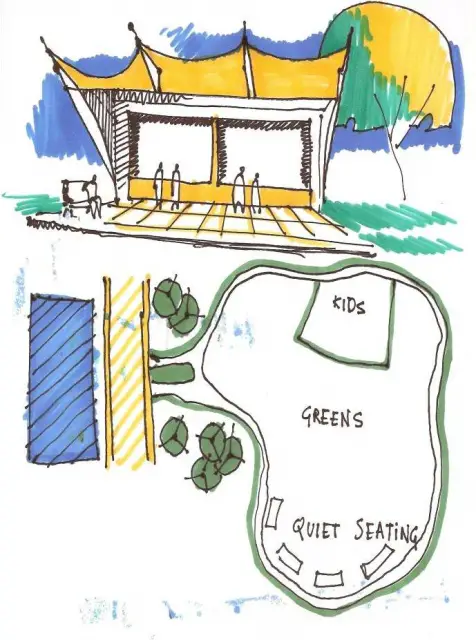
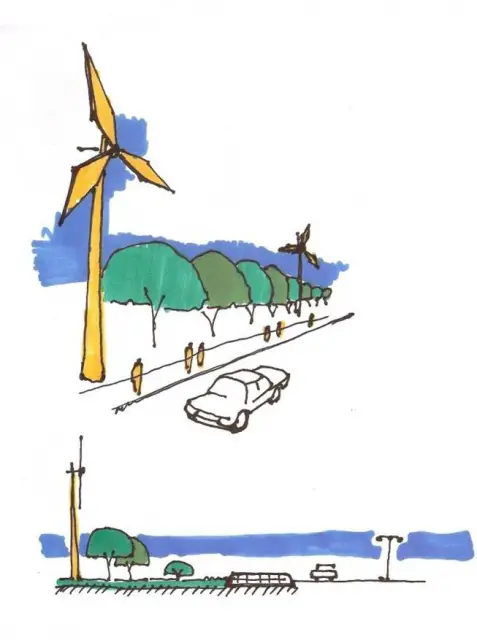

what the hell is this
what the hell is this